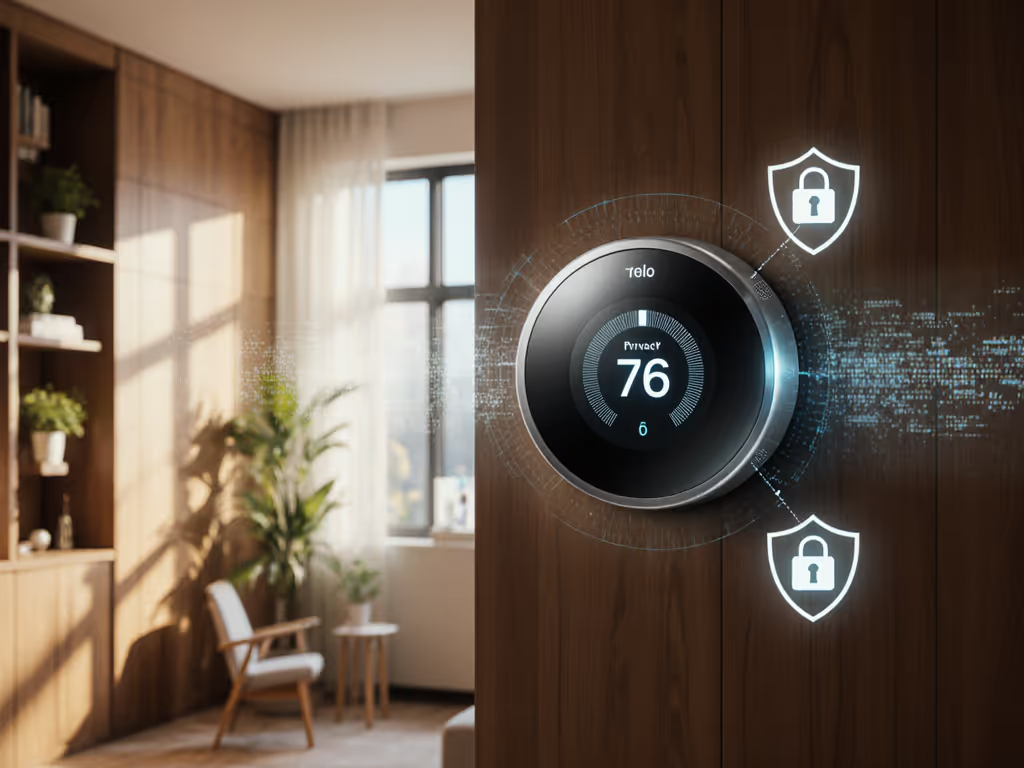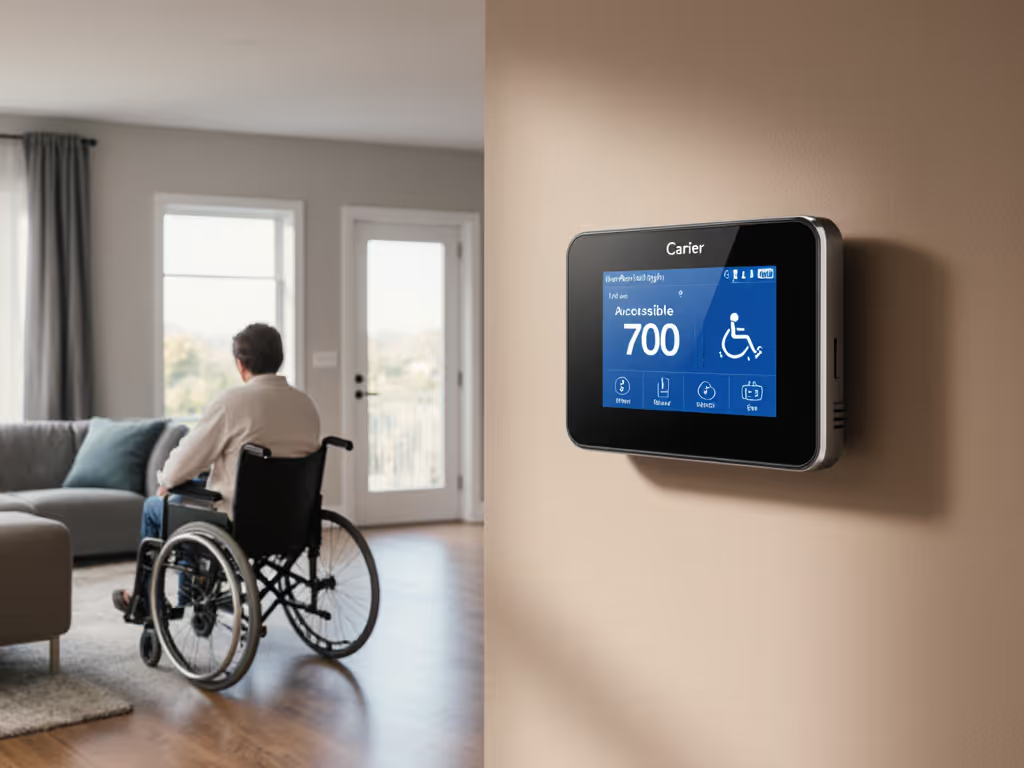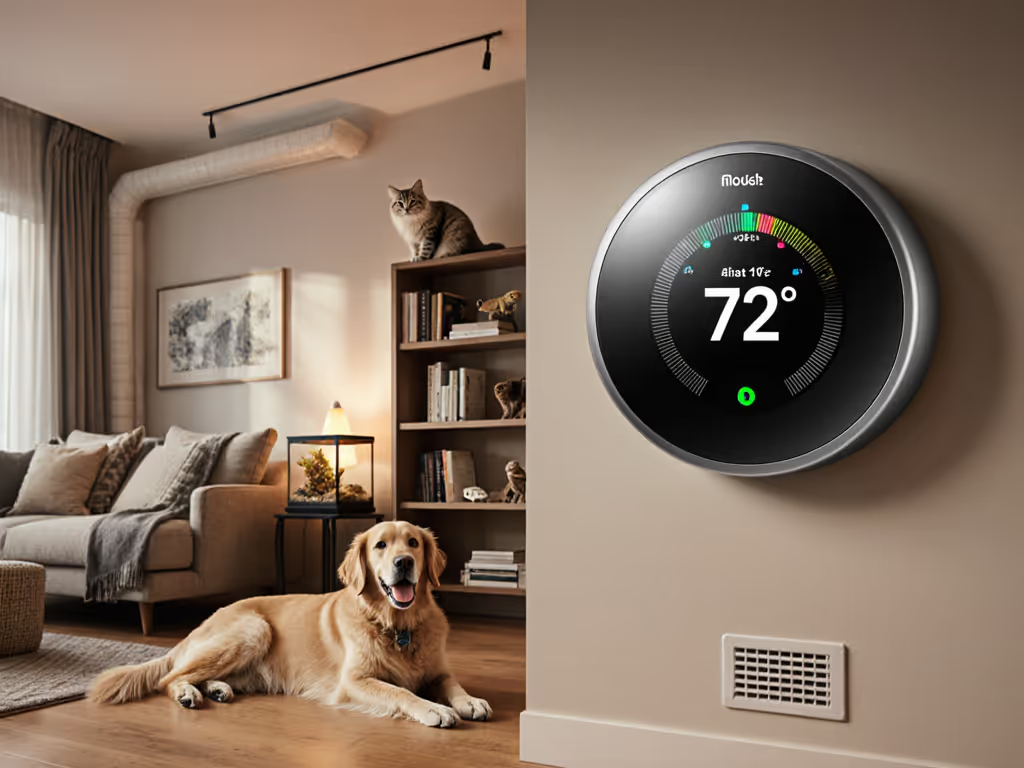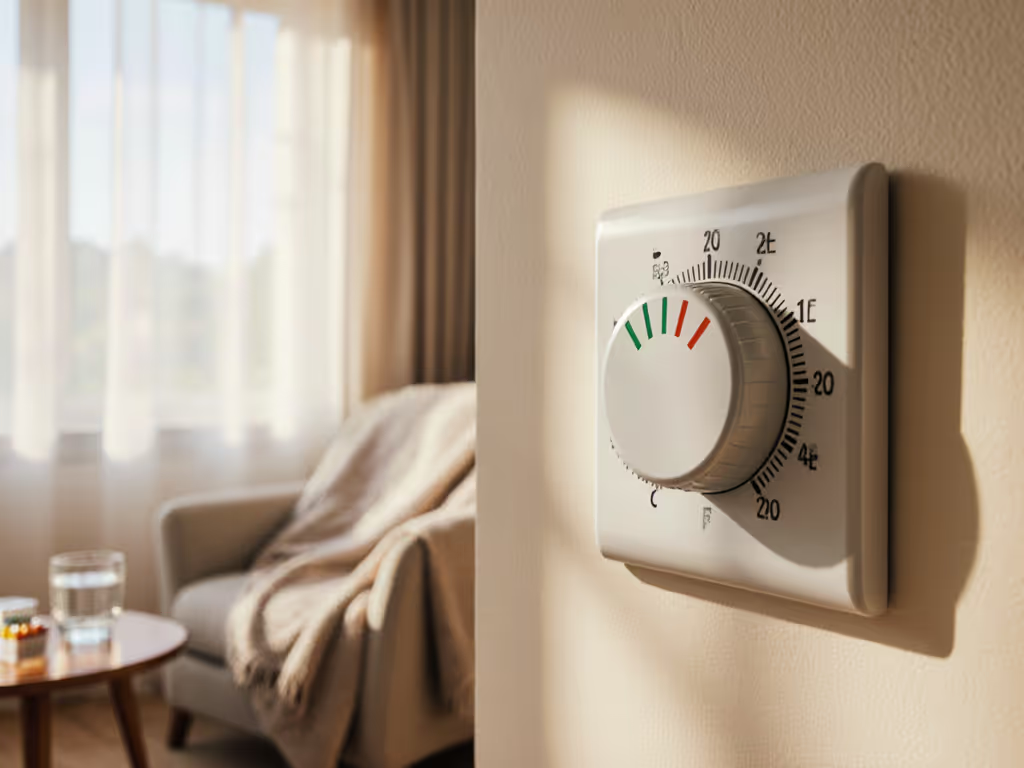
Optimize Smart Thermostat Geofencing for Energy Savings
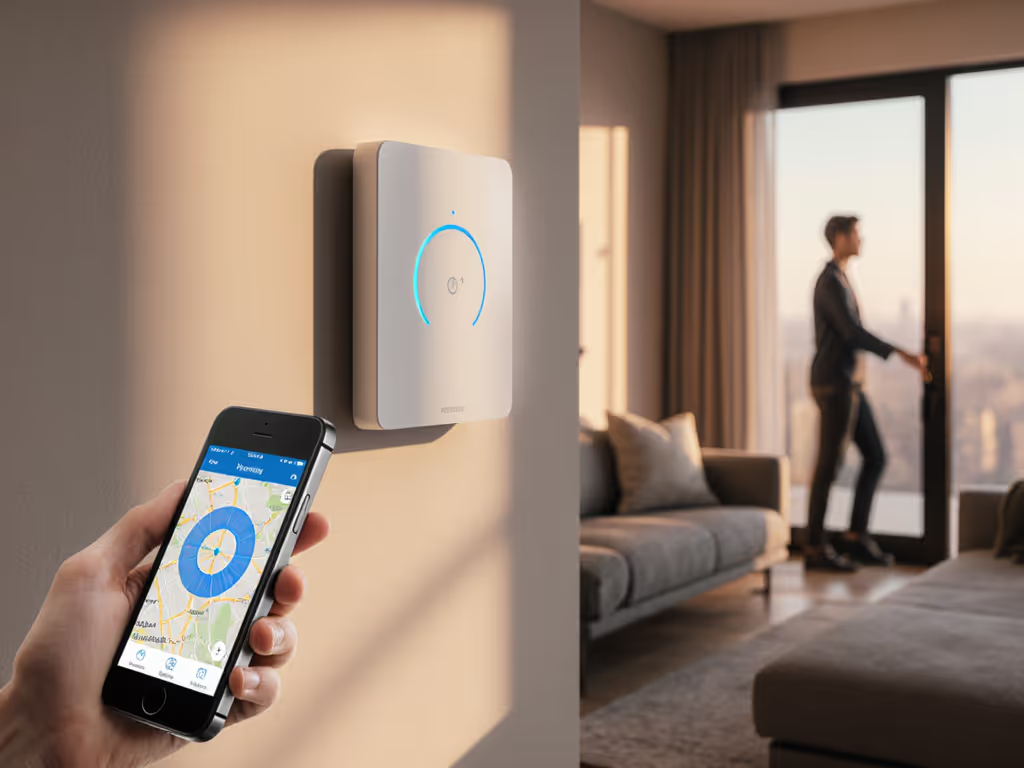
As a former HVAC technician who's corrected countless miswired thermostats, I see smart thermostat geofencing fail most often when homeowners prioritize flashy features over wiring compatibility. Location based thermostat control can deliver real savings, but only if your equipment speaks its language. Skip the compatibility checks, and you'll short-cycle your furnace or waste energy fighting incorrect settings. Document your wiring before removal; it's the difference between comfort and costly callbacks.

Why Isn't My Geofencing Saving Energy?
Most "geofencing failures" trace back to wiring or equipment mismatches, not the feature itself. When homeowners assume all thermostats handle heat pumps or dual-fuel systems identically, disaster follows. Remember that service call where a homeowner tied W2 into AUX after a "smart" upgrade? The furnace short-cycled because the geofence triggered auxiliary heat unnecessarily during mild weather. Their system lacked outdoor sensor logic to modulate heat sources.
Critical Risk Flags:
- Heat pump O/B wiring: Reversing valve polarity (O vs. B terminal) causes heating/cooling mix-ups when geofencing triggers "away" mode.
- Dual-fuel staging: Incorrect W2/AUX connections force expensive furnace use when the heat pump could handle mild temps.
- No outdoor sensor: Geofencing without outdoor temp data wastes energy pre-heating/cooling for irrelevant conditions.
Power off at the breaker; label wires before you touch anything. Verify these before enabling geofencing:
- Check heat pump compatibility: Does your thermostat require an outdoor sensor kit for proper defrost cycling? (Most do.)
- Confirm dual-fuel wiring: Is W2 dedicated to auxiliary heat only, with staging logic preventing overlap?
- Validate C-wire: Weak power from "power stealing" causes geofence disconnections, especially on Apple HomeKit setups.
How to Set Up Thermostat Location Services Without Compatibility Nightmares
Geofencing only works when your thermostat understands your HVAC's language. Forget app setup until you validate these:
Step 1: Decode Your System's Wiring Language
| Terminal | Must Support | Risk if Mismatched |
|---|---|---|
| O/B | Heat pump reversing valve | Cooling instead of heating during geofence return |
| W2 | Dual-fuel auxiliary heat lockout | Furnace runs during 50°F days, wasting fuel |
| Y | Compressor staging | Short-cycling AC during geofence-triggered comebacks |
Pro Tip: Photograph your control board. Circulate it in HVAC subreddits before wiring changes.
Step 2: Configure Geofencing with Equipment Limits
Don't just set a 5-mile radius. Match it to your system's recovery time:
- Heat pumps: 10-15 miles max. Slow recovery means geofencing must trigger early.
- Furnace + AC: 5-8 miles. Faster recovery avoids premature startups.
- Baseboard systems: Avoid geofencing entirely. Line-voltage systems lack staging logic for smooth comebacks.
Example: Ecobee's 26% energy savings claim assumes correct O/B wiring. Miswire this, and savings vanish.
Step 3: Tune "Away Mode Optimization" for Your Climate
Geofencing isn't just on/off. To verify real-world savings from your geofencing tweaks, learn to interpret your smart thermostat energy reports. Adjust setbacks based on weather:
- Cold climates: Setback max 5°F in winter. Larger drops risk frozen pipes during recovery.
- Humid zones: Never set cooling below 73°F in "away" mode, mold risk outweighs savings.
- Dual-fuel homes: Disable electric heat (W2) below 35°F outdoor temps. Geofencing must respect this.
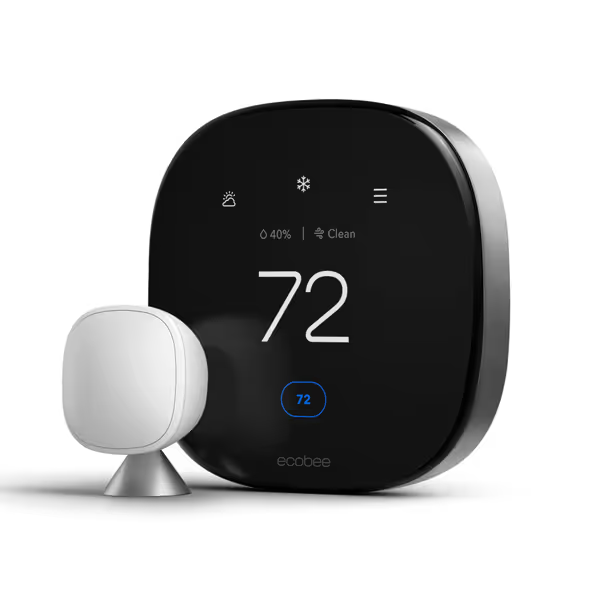
ecobee Smart Thermostat Premium
Can Geofencing Work With My Specific System?
Heat Pumps & Dual-Fuel: The Compatibility Litmus Test
If your thermostat doesn't ask for:
- Outdoor sensor calibration during setup
- Dual-fuel transition temperature (e.g., "Switch to furnace below 25°F")
- Heat pump defrost cycle settings
...geofencing will increase energy use. It'll trigger auxiliary heat during mild weather or skip defrost cycles, forcing manual overrides.
Zoned Systems: Why Geofencing Fails on 30% of Homes
Zone panels (like Honeywell EWC) interpret "away" signals as full-home shutdowns, not room-specific adjustments. Result: Bedrooms stay cold while geofencing thinks you're "away" from the living zone. Fix requires:
- Disabling zone panel auto-shutdown
- Using room sensors (e.g., Nest or Ecobee) to trigger local comebacks
Mini-Splits: The Silent Geofencing Killer
Most mini-split thermostats lack native GPS. "Geofencing" often relies on IR bridges that disconnect when phones sleep. For true location based thermostat control:
- Verify your bridge supports Matter/Thread (e.g., Cielo Breez)
- Never use "add-a-wire" hacks; they overload 24V transformers
Actionable Next Step: The 15-Minute Compatibility Audit
Before wasting months on faulty geofencing, run this diagnostic:
- Power off at breaker
- Label every wire on your thermostat and control board
- Photograph both with a ruler (proves scale)
- Cross-reference:
- Does your thermostat manual mention your equipment type? ("heat pump with dual-fuel" ≠ "gas furnace")
- Are O/B and W2 terminals explicitly configured for your setup?
- Does the app require outdoor sensor data for geofence logic?
If any answer is "no," enlist a technician. That $150 service call beats $400 in wasted fuel from auxiliary heat abuse. When compatibility and safety come before features, you'll see how geofencing really saves energy, not just app promises.
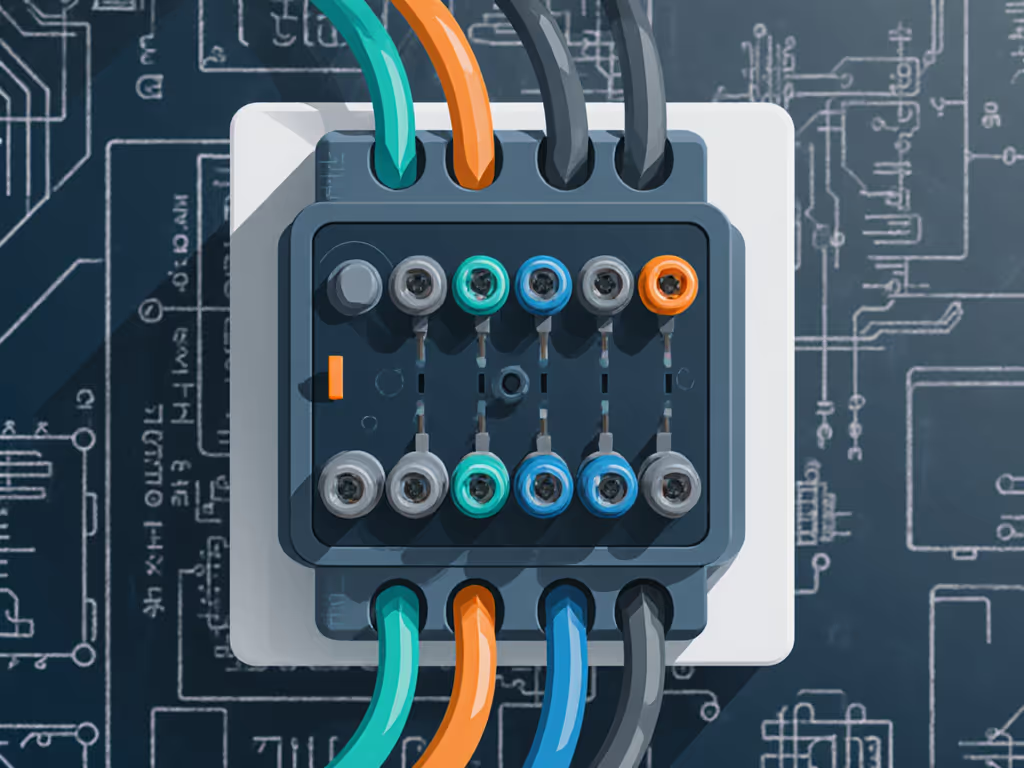
Final note: I've never met a homeowner who regretted verifying wiring compatibility. But I've replaced three furnace boards this year from "geofence experiments." Document your wiring before removal; it's the only backup you need.

